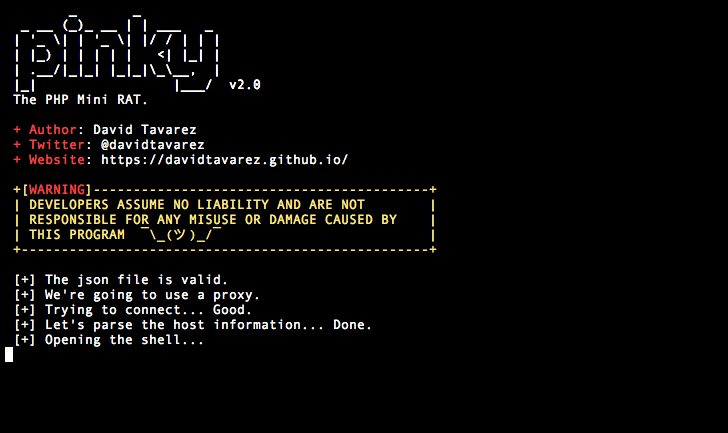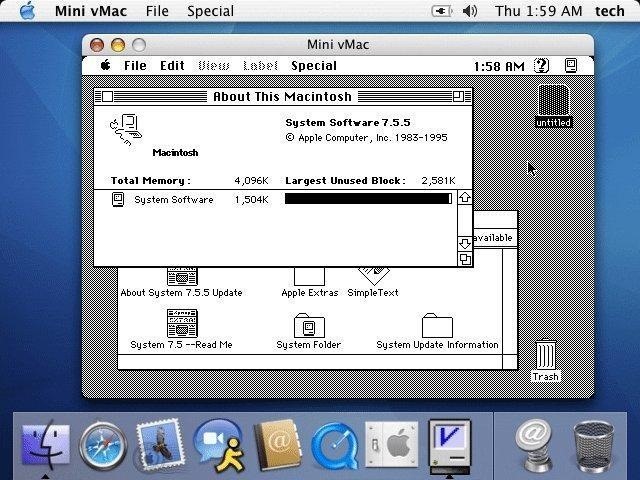


But to access a drive at the base level, it needs to be unmounted (else a "device busy" error), so use Disk Utility to unmount the volume, but don't eject it. Since my floppy was called Unlabeled, I know this is it, so I use dd to copy the CopyRoms disk image to it. dev/disk1 on /Volumes/Unlabeled (local, nodev, nosuid) In my case, I type mount, and I see many lines, one line being First, you should insert a floppy in a connected drive, then in a terminal (shell), you should use the mount command to find out what the name of the floppy device is. One way to do it is to use dd in linux or OS X.
#COMMAND LINE FOR MINI VMAC HOW TO#
Nowhere in the guides do authors tell you how to get the provided image onto a disk so you can put the disk in an old Mac and run CopyRoms. Instead of providing a program to copy onto a disk, the authors provide a raw disk image with the program on it. What is difficult to find is how to get a copy of CopyRoms running in an old mac.

To run Mini VMac, you need a copy of ROMs from a 680x0 Mac, (from Mac 128, the original, to Mac II). You can get many variations here: CopyRoms For example, since I'm getting my ROMs from a Mac SE FDHD, I have to use version 24, compiled to match the capabilities of an SE FDHD, and to run on my (Intel) PowerBook Pro. You need to run a version of Mini vMac compiled to match the ROMs you use. Mini VMac allows users of newer Macs to run a Macintosh Plus in a window on their computer.


 0 kommentar(er)
0 kommentar(er)
